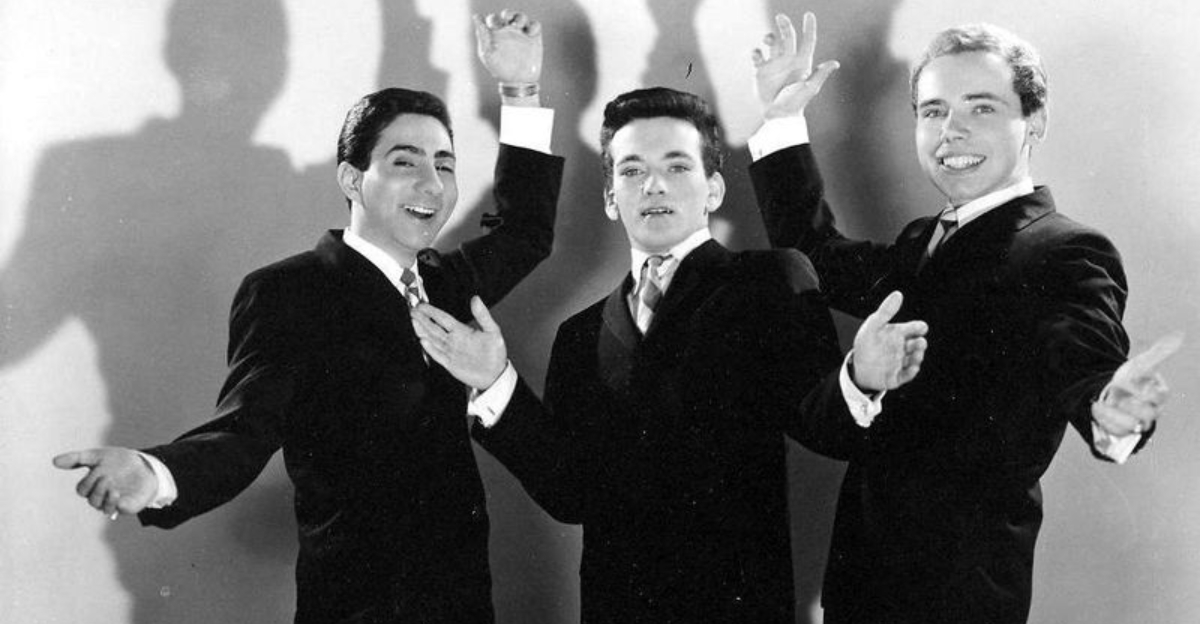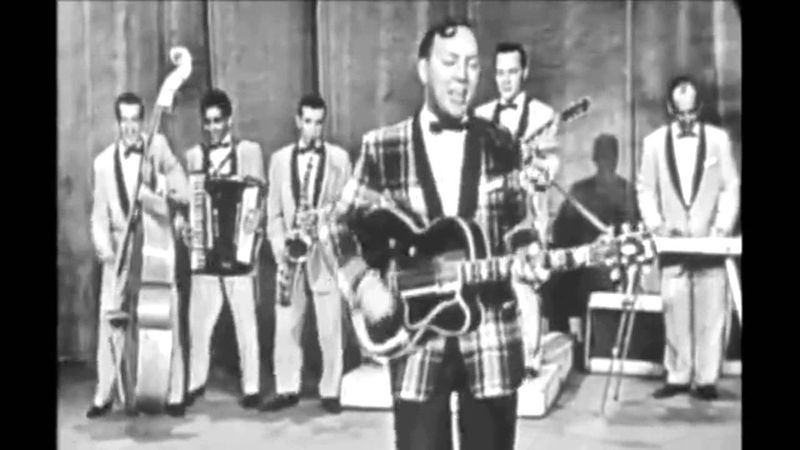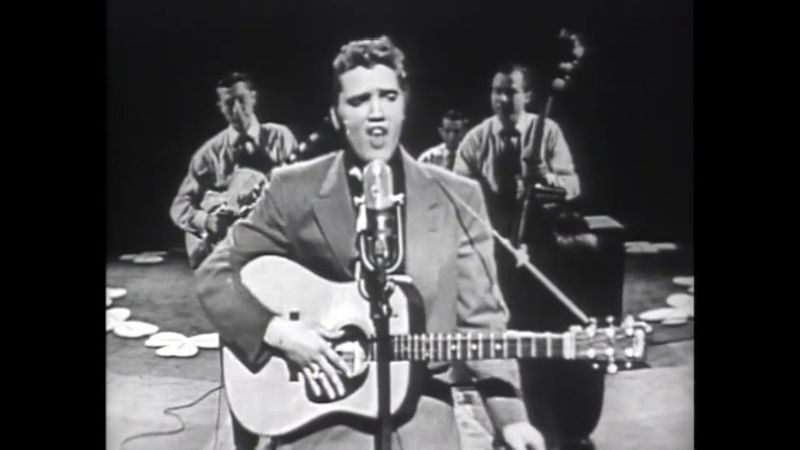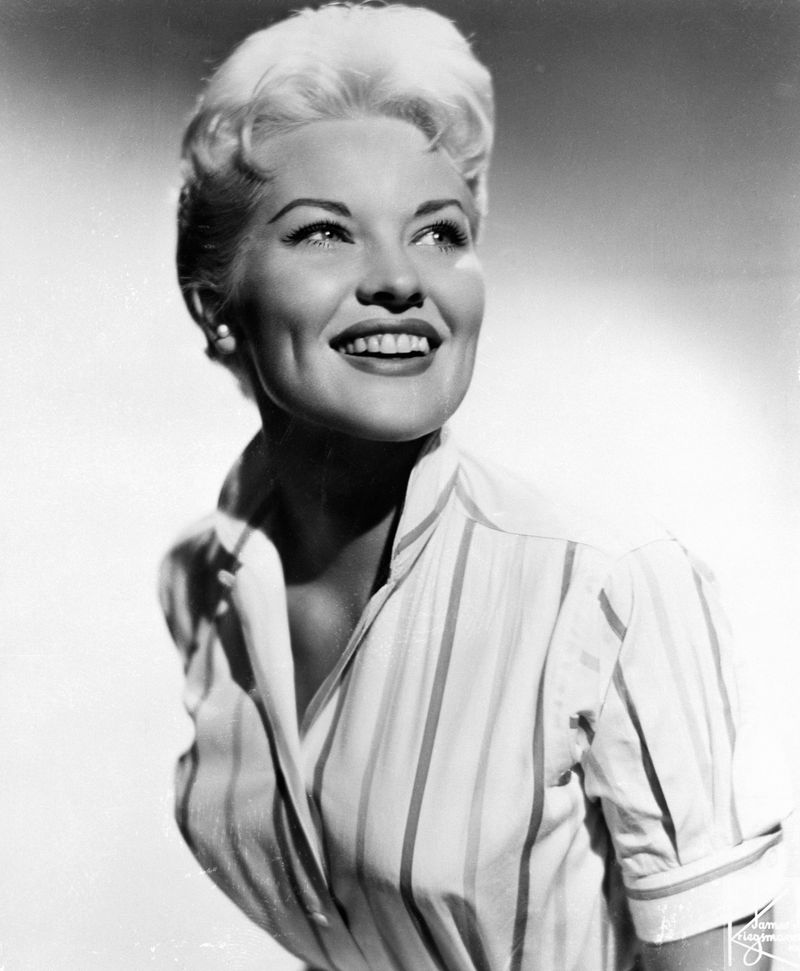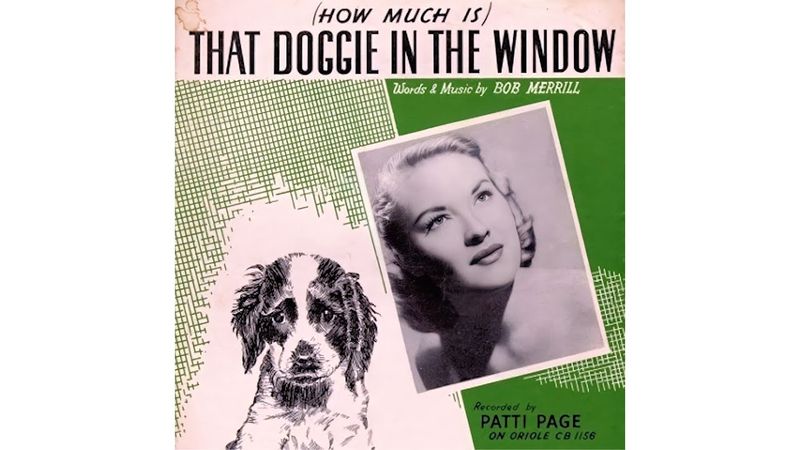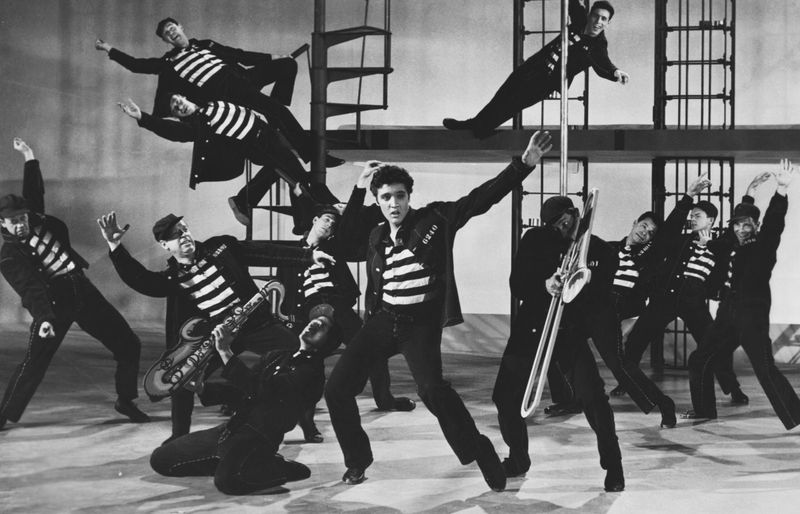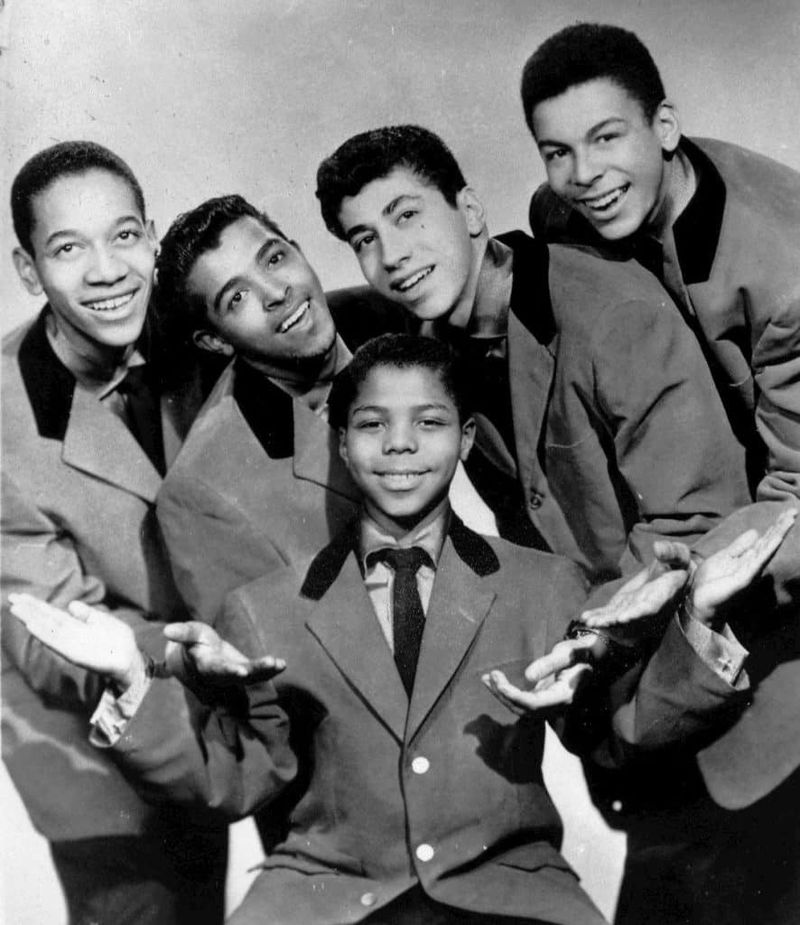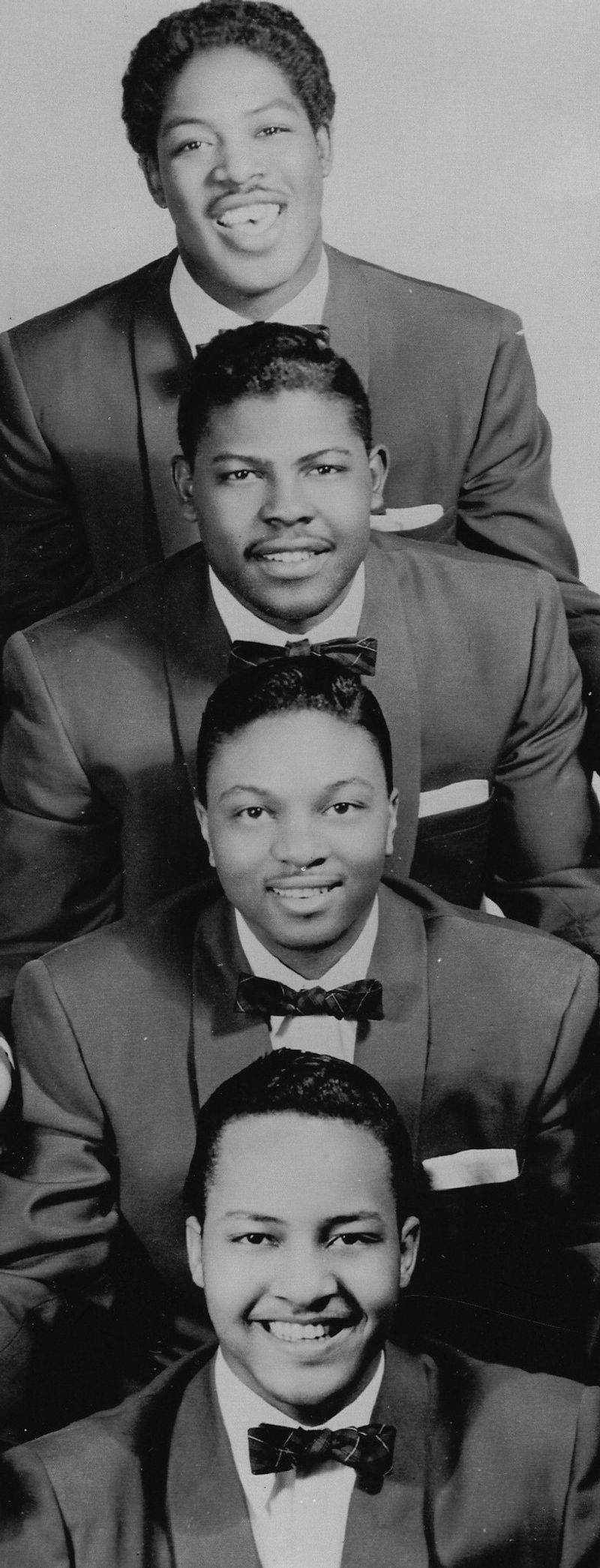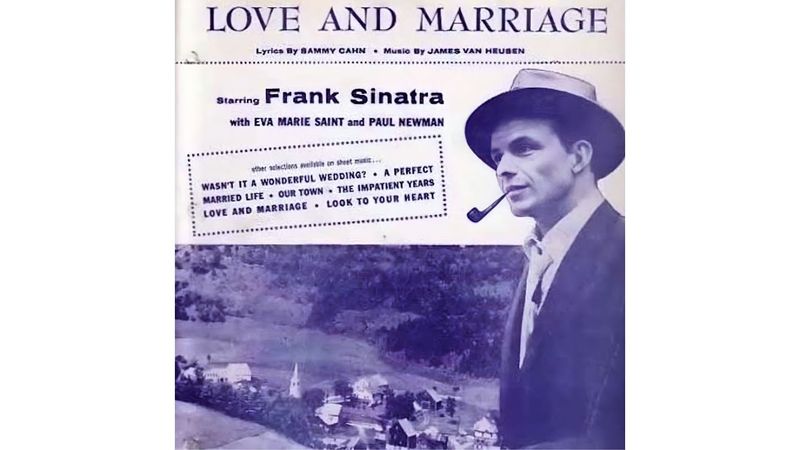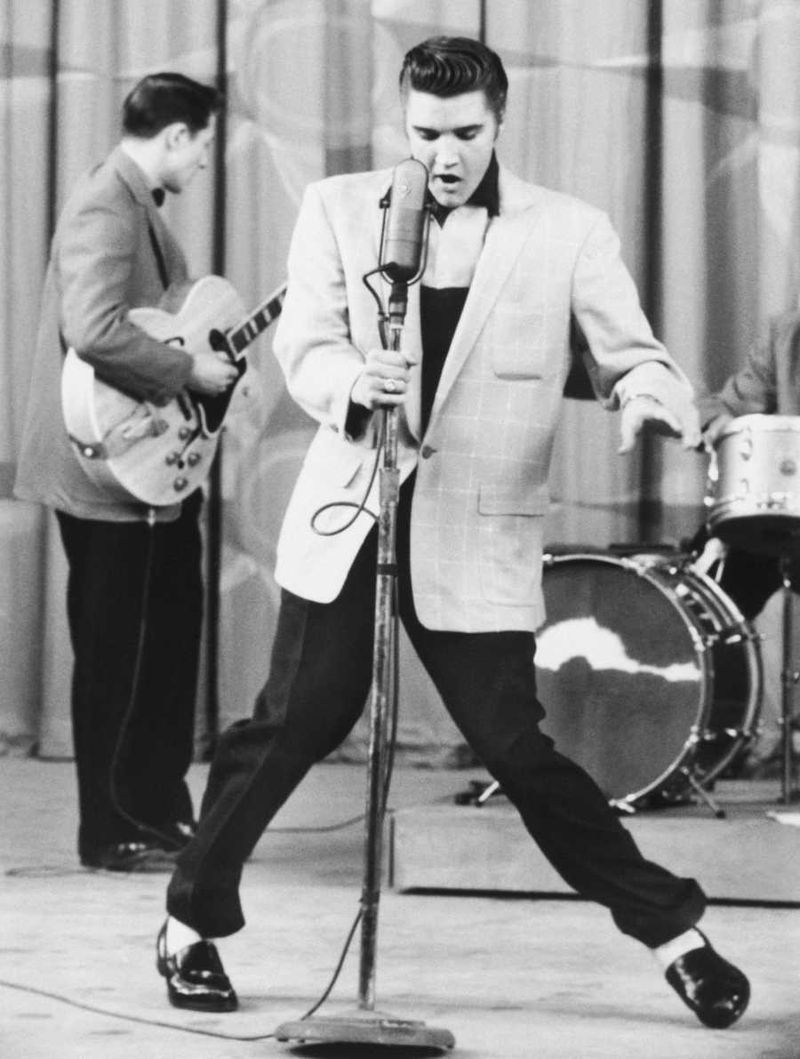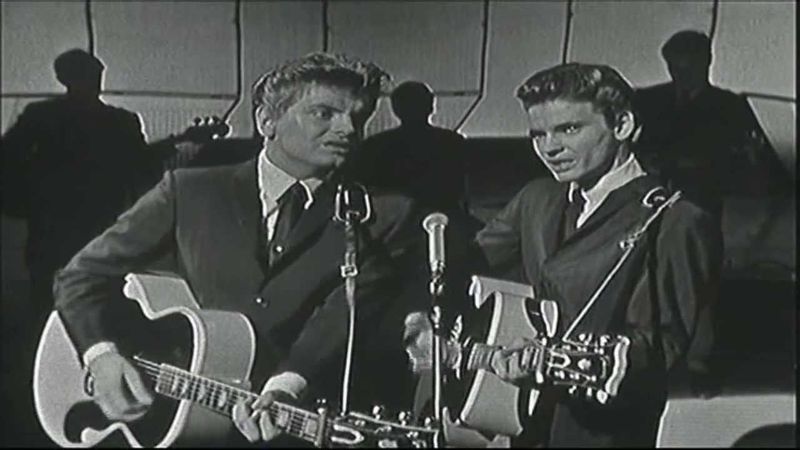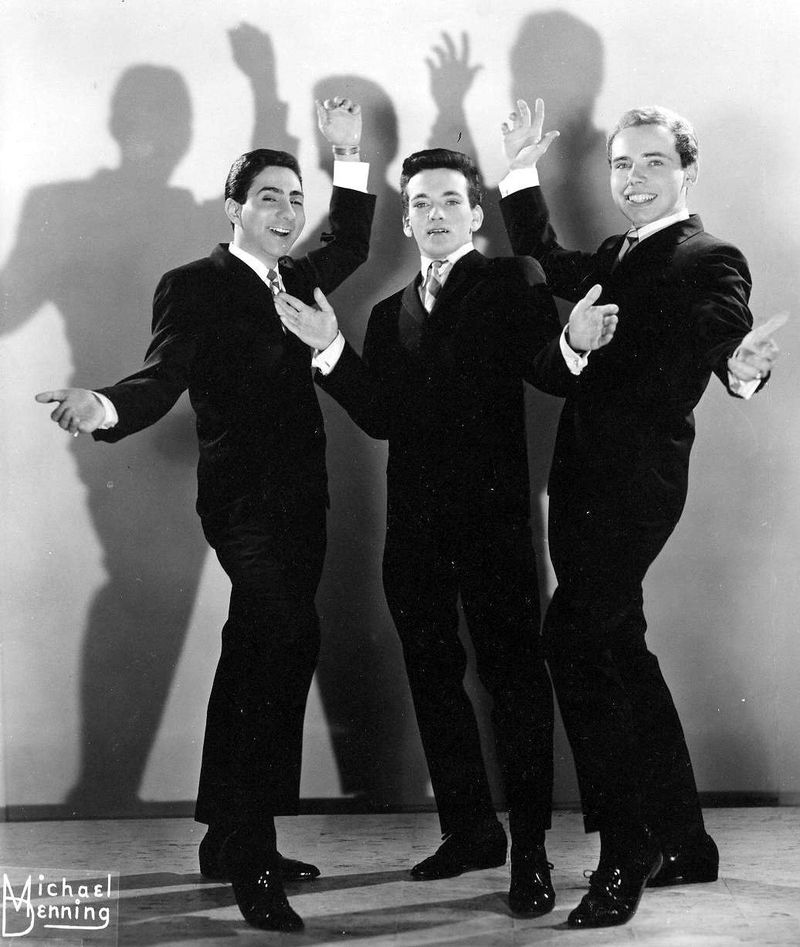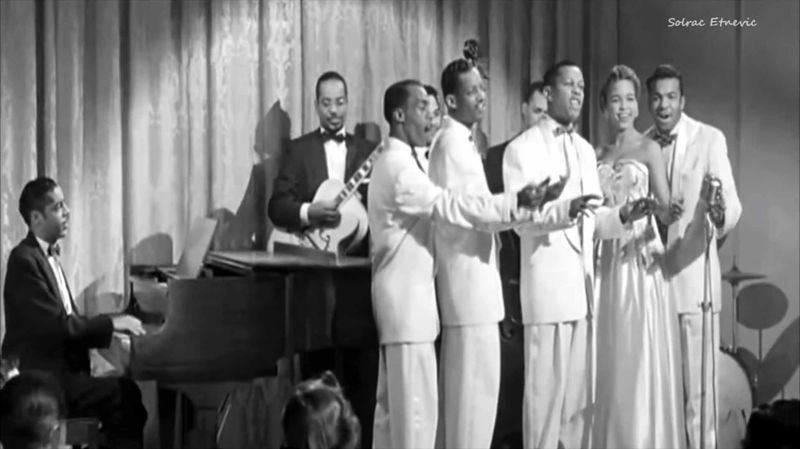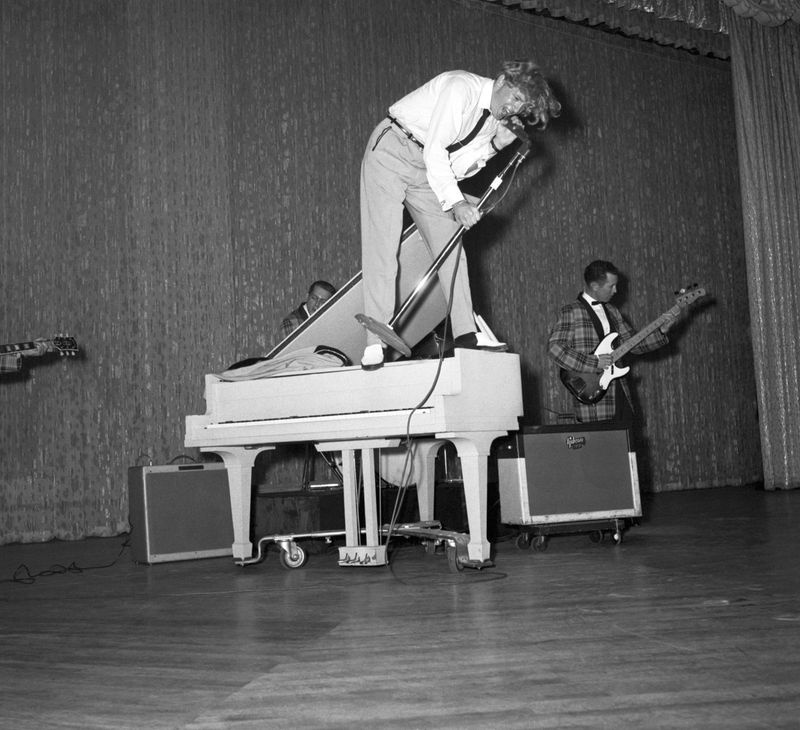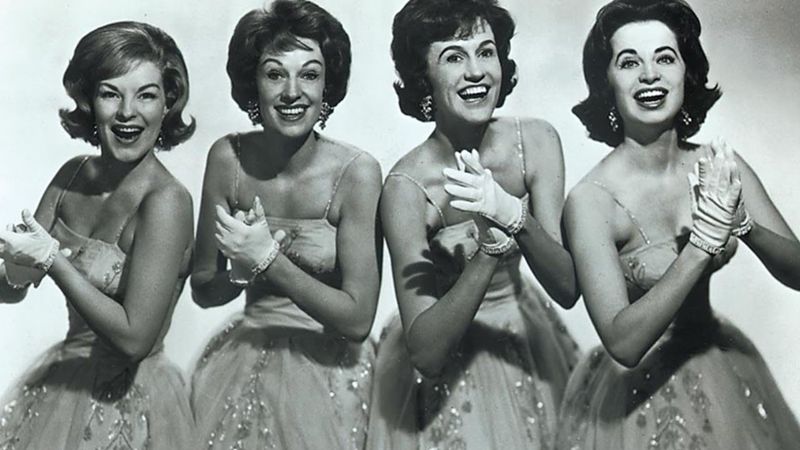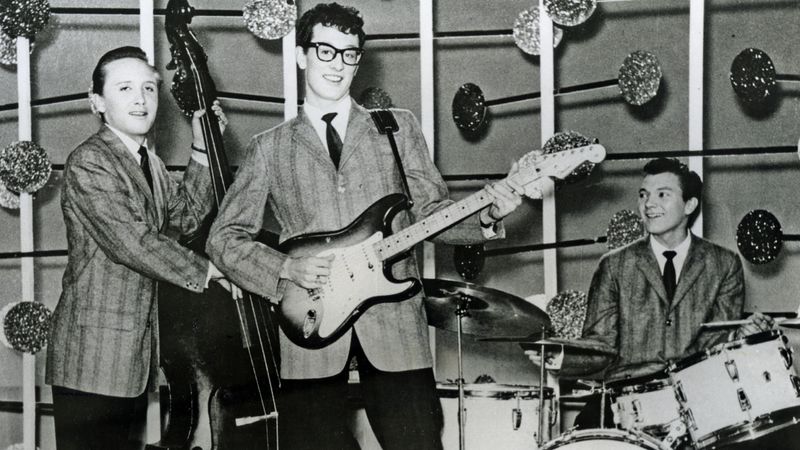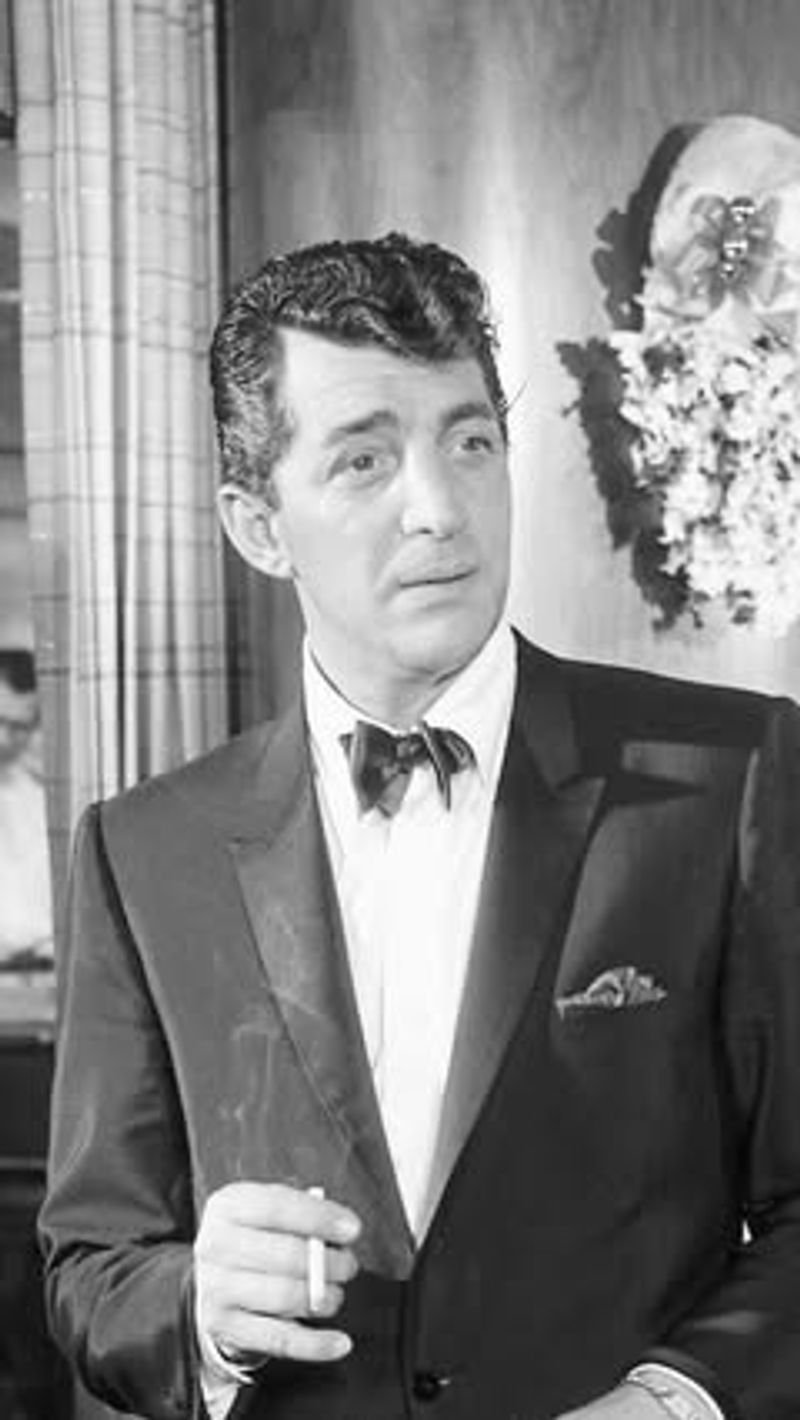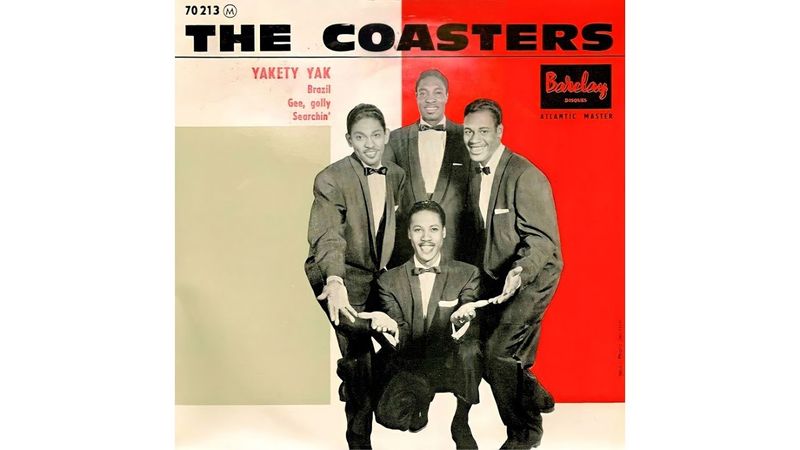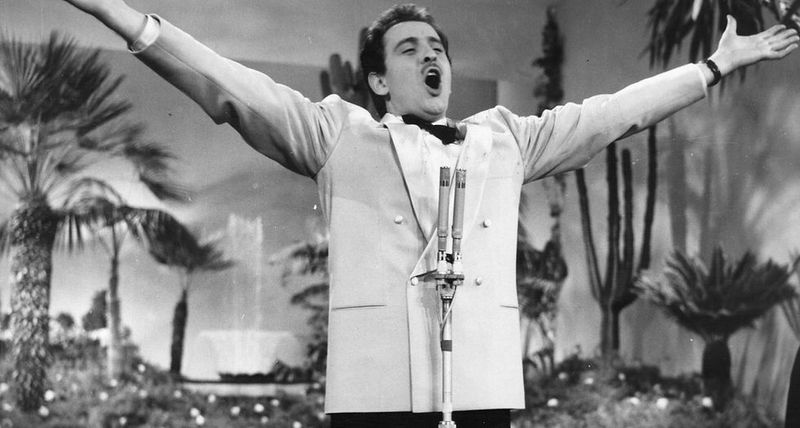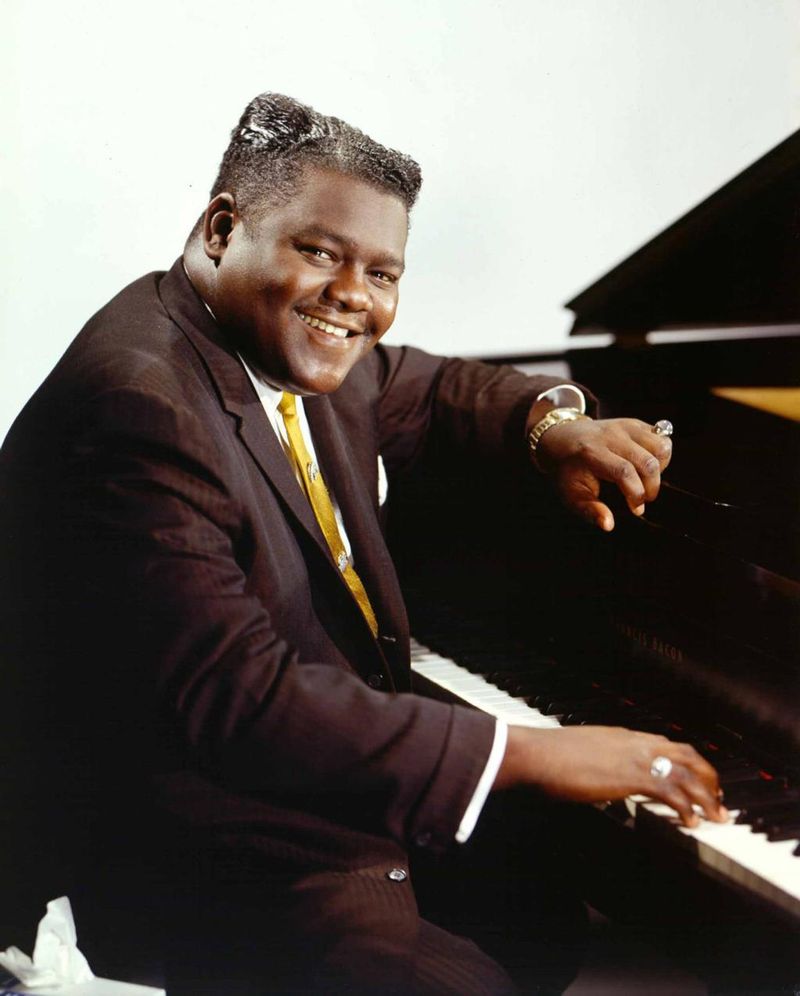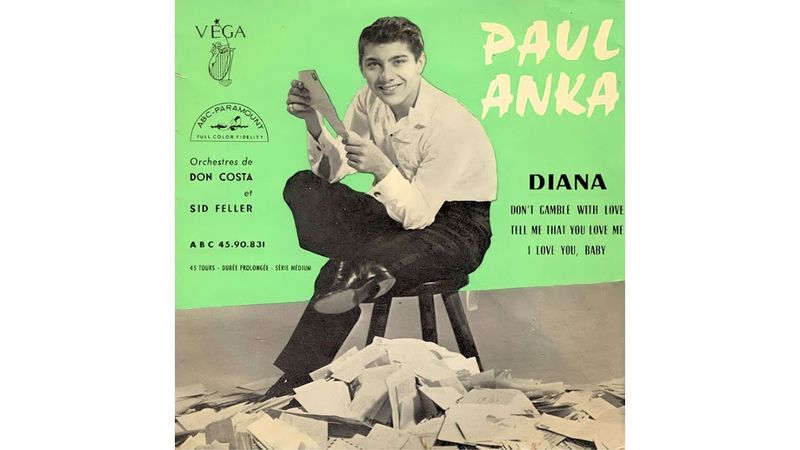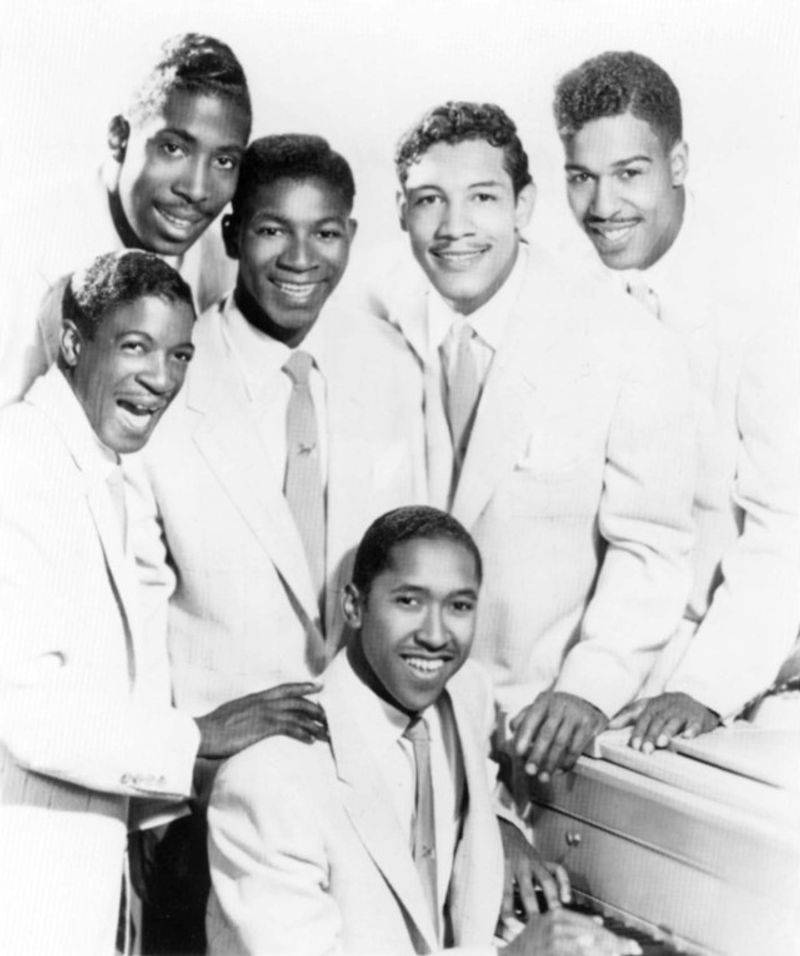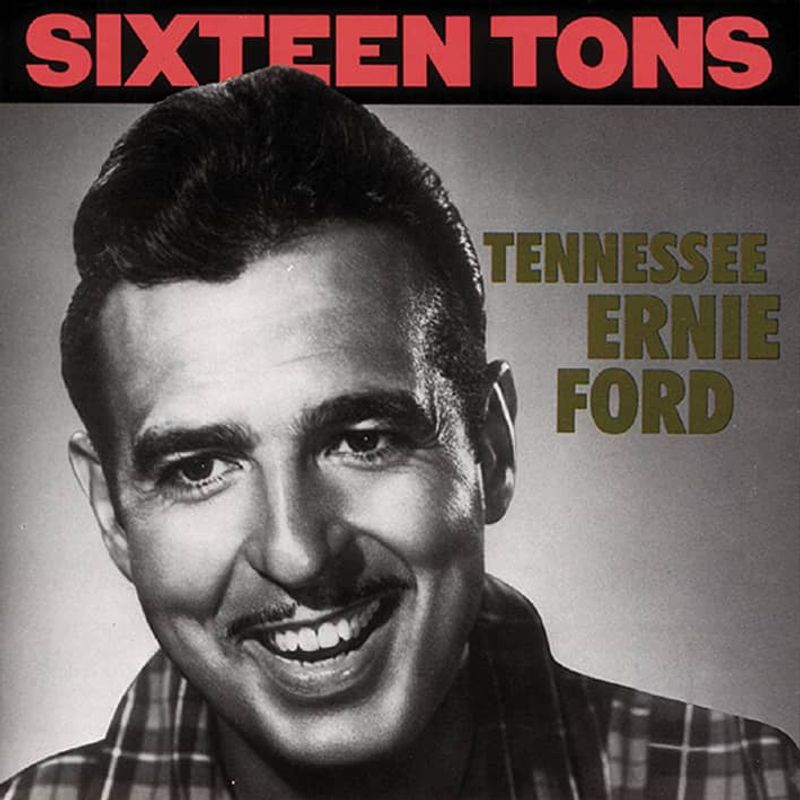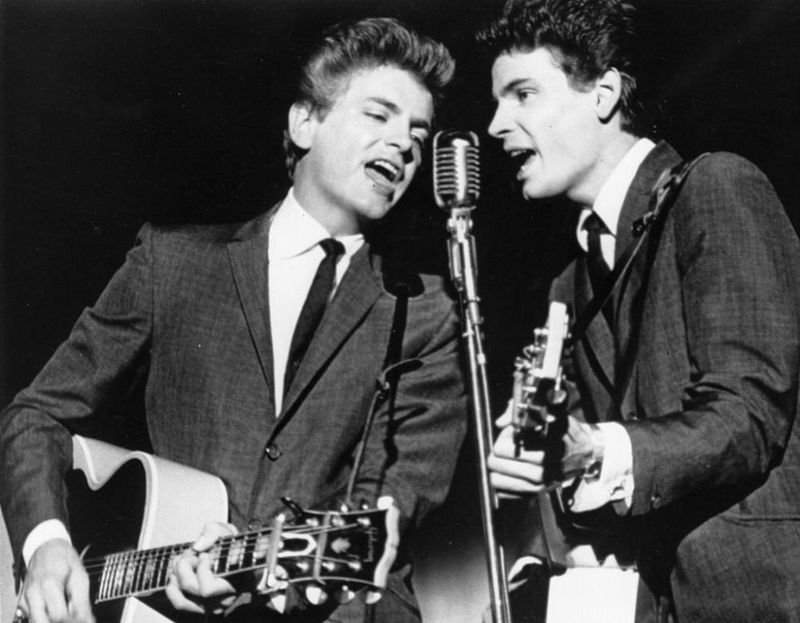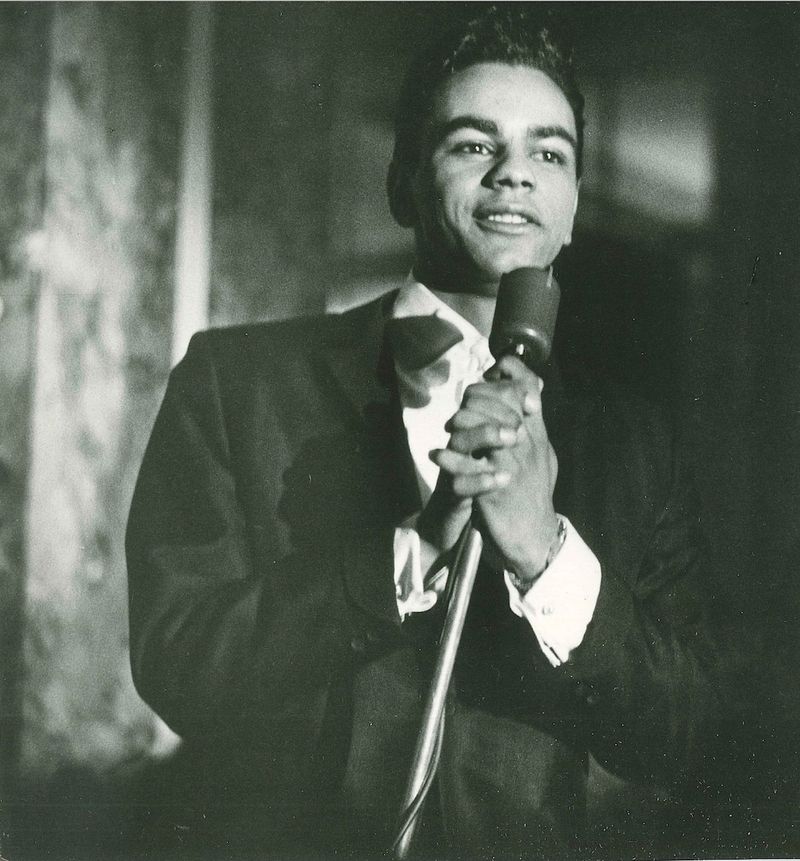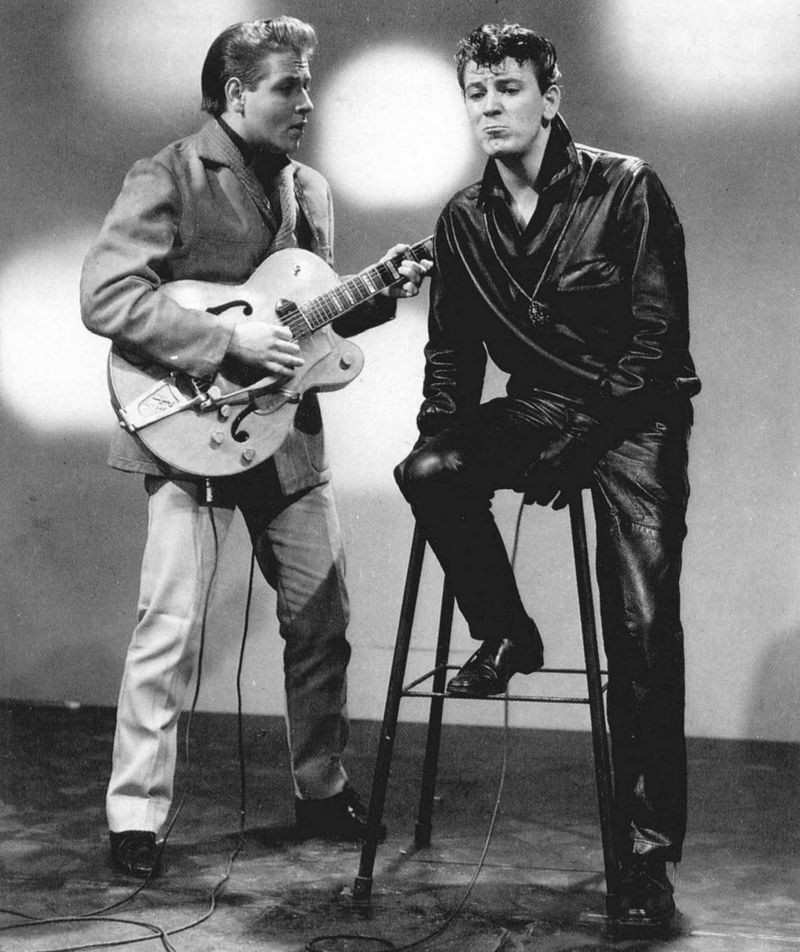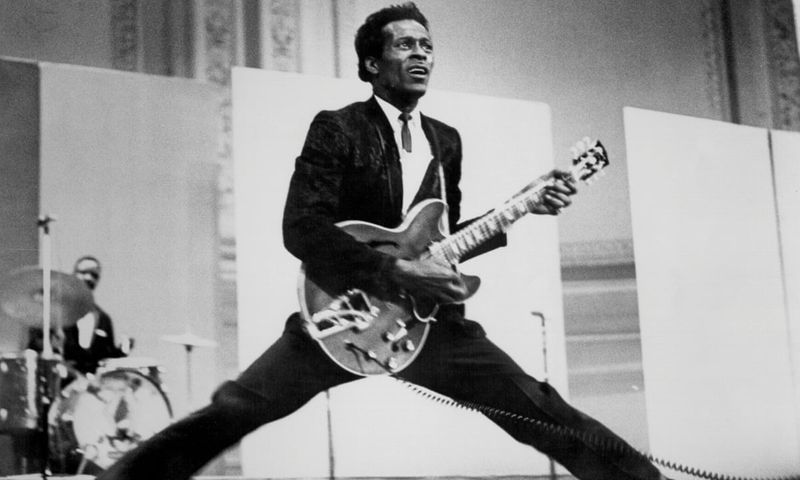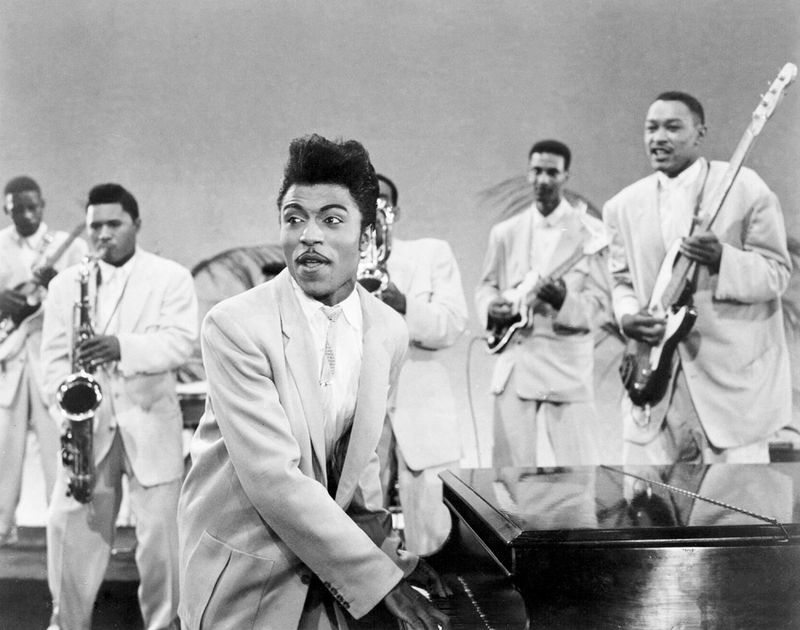The 1950s marked the birth of rock ‘n’ roll and transformed American music forever. Radio stations blasted new sounds into homes across the country while teenagers crowded around jukeboxes in diners and soda shops. These songs weren’t just popular—they sparked cultural revolutions, challenged social norms, and created the soundtrack for an entire generation finding its voice.
1. Rock Around the Clock – Bill Haley & His Comets (1954)
This explosive anthem ignited the rock ‘n’ roll revolution when it appeared in the film Blackboard Jungle. Teenagers went wild for its driving beat and rebellious energy, making it the first rock song to hit #1 on Billboard. Parents feared it would corrupt youth while kids couldn’t get enough. The song sold over 25 million copies worldwide and transformed Bill Haley from a country western musician into a rock pioneer overnight. Though tame by today’s standards, “Rock Around the Clock” represented something dangerous and thrilling in the conservative 1950s—a musical declaration that youth culture had arrived.
2. Heartbreak Hotel – Elvis Presley (1956)
Elvis’s first major hit changed everything. Released in January 1956, this haunting, echo-filled lament about loneliness sold over a million copies in its first week and announced a new kind of star. Recorded at RCA Victor’s Nashville studio, the song showcased Elvis’s unique ability to blend country, blues, and pop into something entirely new. His gyrating performances of the track on television scandalized parents and delighted teenagers. Written by schoolteacher Mae Boren Axton and steel guitarist Tommy Durden after reading a newspaper article about a suicide note, the song’s gritty subject matter was unusual for mainstream pop at the time.
3. Tennessee Waltz – Patti Page (1950)
Sweet and heartbreaking simultaneously, this country-pop crossover became one of the best-selling singles of the early 1950s. Patti Page’s smooth vocals tell the story of a dancer who loses her sweetheart to a friend during a waltz. Originally recorded in 1947 by Pee Wee King, Page’s version sold over 10 million copies worldwide. The song’s nostalgic melody captured post-war America’s mood perfectly, blending traditional country sensibilities with mainstream pop appeal. So culturally significant was this recording that Tennessee later adopted it as one of its state songs. Page’s gentle delivery and the song’s waltzing rhythm made it a favorite for slow dancing across America.
4. How Much Is That Doggie in the Window – Patti Page (1953)
Behind its deceptively simple lyrics about a pet shop puppy lies one of the decade’s most commercially successful songs. Complete with barking sound effects, this novelty hit spent eight weeks at #1 and became a childhood favorite across America. Patti Page initially didn’t want to record it, considering it too childish. Her producer insisted, and music history was made. The song’s playful melody and call-response format made it perfect for singing along in family cars and living rooms. Written by Bob Merrill, the song’s popularity helped cement Page as “The Singing Rage” and one of the most versatile vocalists of the era, capable of both adult ballads and family-friendly hits.
5. Jailhouse Rock – Elvis Presley (1957)
Raw energy explodes from every note of this Jerry Leiber and Mike Stoller composition. The song powered to #1 on the charts and showcased Elvis at his most dangerous and magnetic as he sang about prisoners throwing a party behind bars. The accompanying film sequence, featuring Presley in his iconic striped outfit performing with inmates, is considered one of the most influential music videos ever created. Every hip thrust and shoulder shake sent shockwaves through conservative America. With its pounding rhythm, shouted vocals, and rebellious spirit, “Jailhouse Rock” epitomized the cultural shift happening in music. Elvis wasn’t just performing—he was leading a youth revolution that would transform entertainment forever.
6. Why Do Fools Fall in Love – Frankie Lymon & the Teenagers (1956)
When 13-year-old Frankie Lymon’s soaring falsetto first hit airwaves, listeners couldn’t believe such a mature sound came from someone so young. His precocious vocal performance turned this doo-wop classic into an instant hit that reached #6 on Billboard. The song’s innocent questioning about love’s mysteries connected with teenage audiences experiencing first crushes and heartbreaks. Lymon’s youth and the group’s authentic street-corner harmonies represented something fresh and real in an increasingly manufactured music industry. Tragically, Lymon’s career would be short-lived. He died of a drug overdose at just 25, but this vibrant recording preserved his remarkable talent at its purest moment—before fame’s complications took their toll.
7. Earth Angel – The Penguins (1954)
Recorded in a garage and released on a tiny independent label, this doo-wop ballad defied the odds to become one of the decade’s most beloved slow-dance standards. Lead singer Cleveland Duncan’s tender vocals captured the vulnerability of teenage love. The song’s dreamy quality and heartfelt plea to an “Earth Angel” resonated with young couples across America. Despite its low-budget production, the recording sold over a million copies and reached #1 on the R&B charts. Its cultural significance extended for decades, featuring prominently in the film Back to the Future thirty years later. The song’s gentle sway and romantic lyrics made it a fixture at high school dances throughout the 1950s and beyond.
8. Love and Marriage – Frank Sinatra (1955)
Frank Sinatra’s cheerful take on matrimony bounced into American consciousness with a playful spirit that belied its musical sophistication. Written for a television production of Our Town, the song won an Emmy Award before becoming a standalone hit. Sammy Cahn and Jimmy Van Heusen’s clever lyrics comparing love and marriage to a horse and carriage created an instantly memorable hook. Sinatra’s confident delivery and Nelson Riddle’s buoyant arrangement made complex vocal techniques seem effortless. Decades later, the song gained renewed popularity as the theme for the sitcom Married… with Children. Its catchy melody and traditional values made it both a commercial success and a cultural touchstone that defined marriage for generations.
9. Hound Dog – Elvis Presley (1956)
Elvis turned this Big Mama Thornton blues number into a rock ‘n’ roll firestorm that sold over 10 million copies worldwide. His famous performance on The Milton Berle Show, where he gyrated his hips provocatively, caused a national scandal. Recorded in an astonishing 31 takes at RCA Victor’s New York studio, Presley demanded perfection from his band. The result was two minutes and thirteen seconds of pure rock energy that helped cement Elvis as music’s most exciting new force. Often overlooked is guitarist Scotty Moore’s innovative playing, which influenced countless rock guitarists. The song’s driving beat, shouted vocals, and rebellious attitude made it the perfect anthem for teenagers looking to break free from 1950s conformity.
10. All I Have to Do Is Dream – The Everly Brothers (1958)
Silky harmonies float through this Boudleaux Bryant composition like a perfect summer breeze. The Everly Brothers’ voices blend so seamlessly it’s sometimes hard to tell where Phil ends and Don begins. The song’s gentle melody and romantic lyrics captured the innocent side of 1950s teenage love. Its crossover appeal was unprecedented—simultaneously topping the pop, country, and R&B charts, a feat rarely accomplished before or since. Recorded in just two takes at RCA Victor’s Nashville studio, the track showcases Chet Atkins’ production genius and the brothers’ instinctive musical connection. Their close harmony technique influenced everyone from The Beatles to Simon & Garfunkel, making this dreamy ballad a cornerstone of modern vocal music.
11. At the Hop – Danny & the Juniors (1957)
Originally titled “Do the Bop,” this song was transformed by Dick Clark’s suggestion to reference the popular high school dances called “hops.” The name change worked magic—the energetic track shot to #1 and stayed on the charts for an impressive 18 weeks. Danny & the Juniors captured the infectious excitement of 1950s teen dance culture. Their enthusiastic vocals and the song’s driving piano perfectly evoked crowded school gymnasiums where teenagers showed off their latest moves. The lyrics name-checked popular dances like “the stroll” and “the chicken,” serving as a time capsule of 1950s youth culture. Its appearance in American Graffiti years later cemented its status as the ultimate soundtrack to sock hop nostalgia.
12. Only You (And You Alone) – The Platters (1955)
Tony Williams’ soaring tenor voice opens this ballad with such emotional intensity that listeners are immediately drawn into its romantic spell. The Platters’ sophisticated sound helped bridge the gap between R&B and mainstream pop during a deeply segregated era. Producer Buck Ram’s lush arrangement featured prominent strings and a gentle Latin rhythm that complemented the group’s smooth harmonies. The song reached #5 on the pop charts and spent an astounding 30 weeks on Billboard’s rankings. What makes this recording special is its timeless quality—it sounds as fresh today as it did in 1955. The Platters’ elegant approach to vocal harmony created a template for vocal groups for decades to come, influencing everything from doo-wop to Motown.
13. Great Balls of Fire – Jerry Lee Lewis (1957)
Jerry Lee Lewis attacked his piano with such ferocity during this recording that it’s a wonder the instrument survived. His wild performance style—complete with pounding keys with fists, elbows, and feet—matched the song’s frenzied energy perfectly. The track’s barely contained chaos represented rock ‘n’ roll at its most dangerous and thrilling. Lewis’s nickname “The Killer” seemed appropriate as he shouted lyrics about love burning like fire with religious fervor and sexual intensity that shocked 1950s sensibilities. Despite his controversial personal life (including marrying his 13-year-old cousin), the song sold over five million copies. Its frenetic piano, hiccuping vocals, and unrestrained performance quality made it one of rock’s most explosive moments.
14. Mister Sandman – The Chordettes (1954)
Crystalline female harmonies and playful lyrics about dreaming up the perfect man made this song an instant hit. The Chordettes’ precise vocal blend created a sound so pristine it seemed almost otherworldly to 1950s listeners. The song’s distinctive “bung, bung, bung, bung” intro became one of music’s most recognizable openings. Producer Archie Bleyer’s arrangement featured innovative use of electric guitar by session musician George Barnes, adding a modern touch to the quartet’s traditional barbershop style. Despite its seemingly innocent subject matter, the song’s fantasy about creating an ideal mate touched on the era’s emphasis on finding the perfect spouse. Its timeless quality has made it a fixture in films and television whenever filmmakers need to evoke 1950s optimism.
15. Peggy Sue – Buddy Holly (1957)
Named after the girlfriend of Crickets drummer Jerry Allison, this song showcases Buddy Holly’s innovative approach to rock ‘n’ roll. His hiccuping vocal style and the track’s distinctive drum pattern created something entirely fresh in the music landscape. Originally titled “Cindy Lou” after Holly’s niece, the name change came as a favor to Allison during a temporary breakup. The recording’s unusual features include Holly’s clean Fender Stratocaster sound and producer Norman Petty’s use of close-miking techniques that captured every nuance. Holly’s earnest delivery and boyish charm offered a different kind of rock star—one who wore glasses and looked like the boy next door. The song’s straightforward structure belied its technical innovations, including pioneering use of vocal overdubs.
16. That’s Amore – Dean Martin (1953)
Dean Martin’s easygoing charm turned this Italian-American novelty song into an enduring standard. First featured in the Martin and Lewis film The Caddy, the song’s association with pizza, pasta, and romance has made it shorthand for Italian-American culture. Harry Warren and Jack Brooks wrote a melody and lyrics that perfectly captured Martin’s smooth persona. The song’s memorable opening line comparing love to a big pizza pie has become one of music’s most quoted lyrics. Martin’s relaxed vocal approach—he sounds like he’s smiling throughout the recording—exemplified his cool, carefree image. Though it only reached #2 on the charts, the song has far outlasted many #1 hits of the era through constant use in films, commercials, and whenever Italian romance needs a soundtrack.
17. Yakety Yak – The Coasters (1958)
Teenage rebellion never sounded so fun as in this Leiber and Stoller composition about parents threatening consequences for uncompleted chores. The Coasters’ comedic delivery and King Curtis’s wild saxophone solo created an irresistible combination that topped both pop and R&B charts. The song’s call-and-response format between lead singer Cornell Gunter and the group, punctuated by the memorable “Don’t talk back!” refrain, made it perfect for singing along. Its humorous take on generational conflict resonated with teenagers while remaining playful enough for parents to tolerate. The Coasters specialized in these musical comedy sketches, bringing theatrical elements to rock ‘n’ roll. Their ability to address social themes through humor made them unique among 1950s vocal groups and helped integrate Black musical traditions into mainstream pop.
18. Volare – Domenico Modugno (1958)
This Italian song swept across America like a Mediterranean breeze, proving that language barriers couldn’t stop a truly magnificent melody. Domenico Modugno’s passionate performance at the 1958 Eurovision Song Contest launched the song internationally before it conquered the U.S. charts. Originally titled “Nel Blu Dipinto Di Blu” (In the Blue Painted Blue), the song described a dream of flying through the sky. American audiences embraced its romantic European sensibility despite not understanding the lyrics, making it a rare foreign-language #1 hit. The song won two Grammy Awards and sold over 22 million copies worldwide. Its soaring chorus and Modugno’s expansive arm gestures while performing became iconic, representing the universal language of music transcending cultural differences.
19. Blueberry Hill – Fats Domino (1956)
Fats Domino’s warm, rolling piano and gentle New Orleans drawl transformed this 1940s standard into a rock ‘n’ roll classic. His version sold over 5 million copies, bringing his distinctive Louisiana sound to audiences worldwide. Though not the first to record it, Domino made the song entirely his own. The relaxed tempo, prominent triplet piano figure, and his slightly behind-the-beat vocal delivery created a laid-back groove that was impossible to resist. Recorded at Cosimo Matassa’s J&M Studio in New Orleans, the track exemplified the city’s unique musical heritage. Domino’s amiable personality and less threatening image (compared to other early rockers) helped make rock ‘n’ roll acceptable to many parents who were suspicious of the new musical style.
20. Diana – Paul Anka (1957)
Written by a lovestruck 15-year-old about his babysitter, this earnest declaration of teenage devotion sold over 9 million copies worldwide. Paul Anka’s precocious songwriting talent and passionate delivery connected with adolescents experiencing similar unrequited crushes. The song’s dramatic string arrangement and Anka’s emotional vocals captured the intensity of young love. As one of the first teen idols to write his own material, Anka stood out in an industry where performers typically relied on professional songwriters. Recorded in New York City with producer Don Costa, the track’s success launched Anka’s remarkable career. His authentic expression of teenage emotions helped establish a new market for youth-oriented pop music that would explode in the coming decade.
21. Sh-Boom – The Chords (1954)
Often cited as the first true crossover R&B hit, this doo-wop classic introduced millions of white teenagers to Black vocal group harmonies. The Chords’ original version climbed the pop charts before a cover by The Crew-Cuts reached #1. The song’s nonsensical “sh-boom, sh-boom, yadadada” chorus was instantly catchy and easy to sing along with. Its playful sound effects and street-corner harmonies captured the authentic spirit of urban vocal groups performing on neighborhood stoops. Though The Crew-Cuts’ sanitized version ultimately outsold it, The Chords’ rawer, more rhythmic original is now recognized as the superior recording. The song’s crossover success helped break down racial barriers in popular music, paving the way for rock ‘n’ roll’s integrated future.
22. Sixteen Tons – Tennessee Ernie Ford (1955)
Tennessee Ernie Ford’s deep baritone brought gravitas to this tale of coal miners trapped in debt to the company store. His finger-snapping rhythm and conversational delivery made this complex social commentary into an unlikely #1 pop hit. Written by Merle Travis in 1946, the song found its perfect interpreter in Ford, whose background straddled country and pop. The sparse arrangement featured little more than bass, guitar, and finger snaps, allowing Ford’s commanding voice to dominate the recording. Despite its bleak subject matter about exploited workers, the song sold over 20 million copies worldwide. Its enduring power comes from Ford’s authentic delivery and the universal theme of struggling against an unfair system—making it as relevant today as in the 1950s.
23. Bye Bye Love – The Everly Brothers (1957)
Rejected by over 30 artists before finding its way to The Everly Brothers, this Felice and Boudleaux Bryant composition became the perfect showcase for Phil and Don’s heavenly harmonies. Their close-microphone technique captured every nuance of their perfectly matched voices. The song’s distinctive acoustic guitar intro and the brothers’ seamless blend created something magical—country roots with a rock ‘n’ roll attitude. Its bittersweet lyrics about lost love contrasted with the upbeat tempo, creating emotional complexity unusual for 1950s pop. Recorded at RCA Victor’s Nashville studio with Chet Atkins producing, the track reached #2 on the pop charts. The song’s success launched the Everlys’ career and established a vocal harmony approach that would influence countless artists from The Beatles to The Beach Boys.
24. Chances Are – Johnny Mathis (1957)
Johnny Mathis’s velvety voice floats above lush strings in this romantic ballad that epitomized sophisticated 1950s pop. His flawless control and emotional delivery helped the song reach #1 and remain on the charts for an impressive 42 weeks. Producer Mitch Miller’s lavish orchestration created the perfect backdrop for Mathis’s silky vocals. The song’s gentle sway and romantic lyrics made it a favorite for slow dancing and intimate moments, establishing Mathis as the voice of romance for a generation. Written by Robert Allen and Al Stillman, the song’s elegant melody showcased Mathis’s remarkable range and breath control. His unique vocal approach—combining elements of jazz, pop, and classical technique—created a timeless recording that continues to symbolize mid-century romantic sophistication.
25. Be-Bop-A-Lula – Gene Vincent (1956)
Rockabilly attitude drips from every note of this rebellious anthem. Gene Vincent’s hiccuping vocals and Cliff Gallup’s innovative guitar work created a sound that was simultaneously dangerous and irresistible to 1950s teenagers. The song’s mysterious lyrics about a “queen of all the teens” combined with Vincent’s leather-clad image to create an aura of danger and excitement. Recorded for Capitol Records with producer Ken Nelson, the track’s echo-laden sound and minimal arrangement emphasized its raw energy. Though it only reached #7 on the Billboard charts, its influence far exceeded its commercial performance. The recording’s primal quality inspired countless rock musicians, particularly in Britain where Vincent later toured extensively, influencing future stars like The Beatles and Jeff Beck.
26. Johnny B. Goode – Chuck Berry (1958)
Chuck Berry’s electrifying guitar intro—perhaps the most famous in rock history—announced a new era in music. This semi-autobiographical tale of a guitar-playing country boy who makes it big established the template for rock ‘n’ roll storytelling. Berry’s duck-walking stage antics and his guitar’s bright, clear tone revolutionized performance style. The song’s clever lyrics elevated rock above simplistic love songs, introducing narrative sophistication and wordplay that influenced generations of songwriters from Bob Dylan to Bruce Springsteen. Recorded at Chess Records in Chicago, the track featured Berry’s cousin Marvin on piano and legendary session musicians Willie Dixon on bass and Fred Below on drums. Its cultural impact was so significant that NASA included it on the Voyager Golden Record as a representation of human achievement.
27. Tutti Frutti – Little Richard (1955)
Little Richard’s explosive vocal performance shattered musical boundaries with its wild energy and uninhibited spirit. His famous opening cry of “A-wop-bop-a-loo-bop-a-lop-bam-boom!” sounded like nothing that had come before in popular music. Recorded at J&M Studios in New Orleans with producer Bumps Blackwell, the song’s original risqué lyrics were toned down for commercial release. Even in its sanitized form, Richard’s manic piano playing and screaming vocals retained a raw sexual energy that electrified teenage listeners. The recording’s frantic pace and Richard’s flamboyant delivery challenged racial and sexual norms of the 1950s. His pounding piano style and unbridled performance quality established a standard for rock intensity that artists still strive to match decades later.
